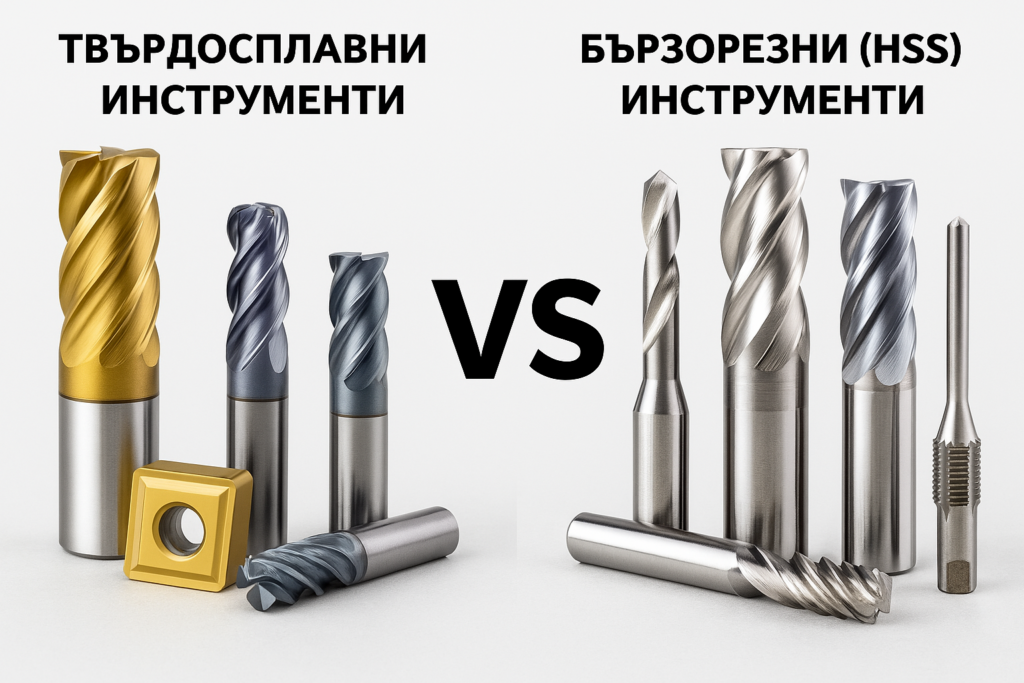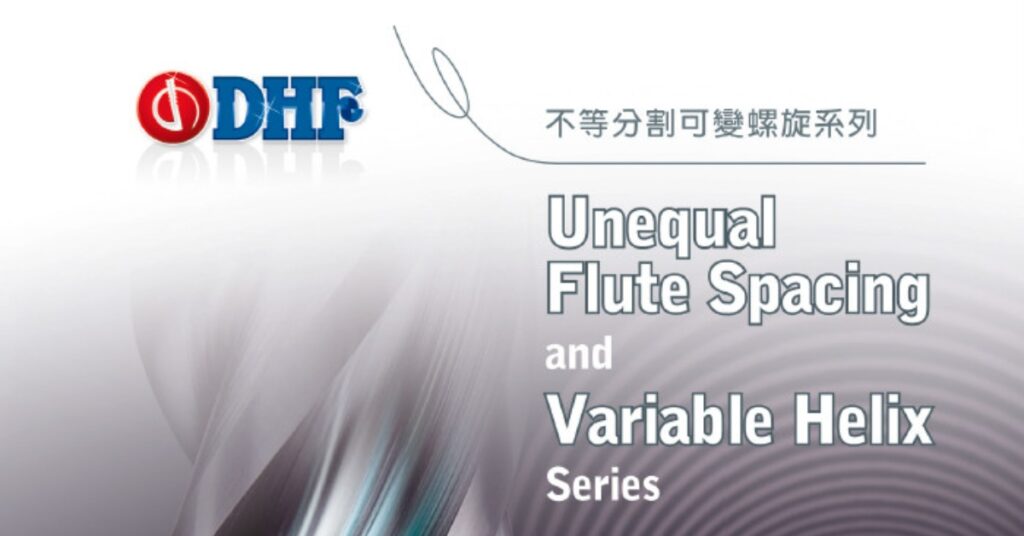Твърдосплавни инструменти при CNC обработка – кога са по-добрият избор?
🔄 Въведение
В металорежещата индустрия изборът между твърдосплавни and бързорезни (HSS) инструменти е от ключово значение за ефективността на обработката. Всеки от тях има своите предимства и недостатъци, които го правят подходящ за различни приложения.
❓ Кой инструмент е по-добър – твърдосплавен или HSS?
✅ Това зависи от приложението. Твърдосплавните инструменти са по-подходящи за CNC обработка и високи скорости, докато HSS са по-евтини и устойчиви при ръчна или универсална работа.
⚙️ Какво представляват HSS инструментите?
Бързорезната стомана (HSS) е легирана стомана с добавки на волфрам, молибден, хром, ванадий и кобалт, които подобряват устойчивостта и твърдостта на инструмента.
✅ Предимства на HSS инструментите:
- ✔ По-евтини в сравнение с твърдосплавните.
- ✔ Гъвкави и устойчиви на удари.
- ✔ Лесни за презаточване.
- ✔ Подходящи за ниски/средни скорости.
❌ Недостатъци:
- ❌ Ниска износоустойчивост.
- ❌ Ограничена термоустойчивост.
📄 Кога да ги използваме?
- 🔹 Ръчна обработка, универсални машини.
- 🔹 Меки и средно твърди материали.
- 🔹 С ограничен бюджет.
⚖️ Какво представляват твърдосплавните инструменти и какви са техните предимства?
Изработени от волфрамов карбид (WC), тези инструменти предлагат максимална твърдост и устойчивост на износване.
✅ Предимства на твърдосплавни инструменти при CNC обработка:
- ✔ Издръжливи при високи температури.
- ✔ Високи скорости на рязане.
- ✔ Точност и качество.
❌ Недостатъци:
- ❌ По-скъпи.
- ❌ По-чупливи при удар.
📄 Кога да ги използваме?
- 🔹 CNC обработка.
- 🔹 За закалени и отворено-твърди материали.
- 🔹 Продължителна серийна производство.
🔬 Сравнителна таблица
| Характеристика | HSS инструменти | Твърдосплавни инструменти |
|---|---|---|
| Цена | ✅ По-евтини | ❌ По-скъпи |
| Твърдост | ❌ По-ниска | ✅ Висока |
| Скорост на рязане | ❌ Ниска/средна | ✅ Висока |
| Температурна устойчивост | ❌ До 600°C | ✅ До 1000°C |
| Устойчивост на удари | ✅ Гъвкави | ❌ Чупливи |
| Презаточване | ✅ Лесно | ✅ Сложно/ограничено |
🔎 Как да изберем правилния инструмент?
- 🔹 Ръчна обработка или ниски скорости → HSS
- 🔹 Висока скорост и CNC → Твърдосплавен
- 🔹 Ограничен бюджет → HSS
- 🔹 Твърди материали/висока точност → Твърдосплавен
📆 Заключение
И двата типа инструменти имат своето място в индустрията. HSS е икономичен избор за по-леки обработки, докато твърдосплавният е най-добрият избор за сериозно производство. „Прочетете повече за приложението на различните материали и твърдости в CNC обработката в MachiningCloud Blog.“
📅 Разгледайте нашите продукти на STG-Shop.bg и изберете правилния инструмент за вашето приложение!


